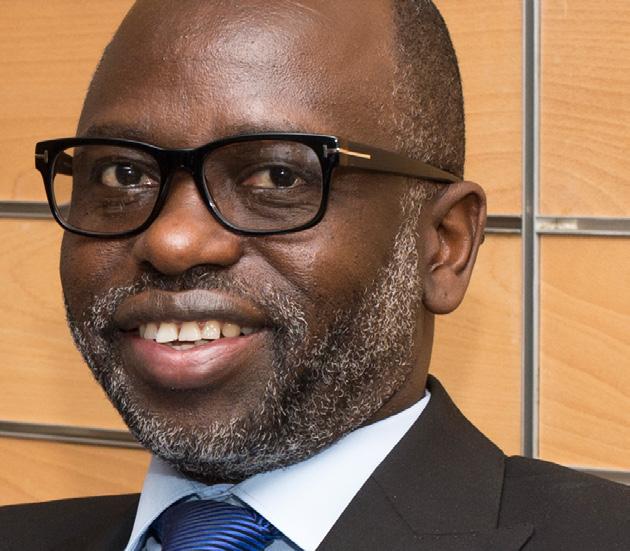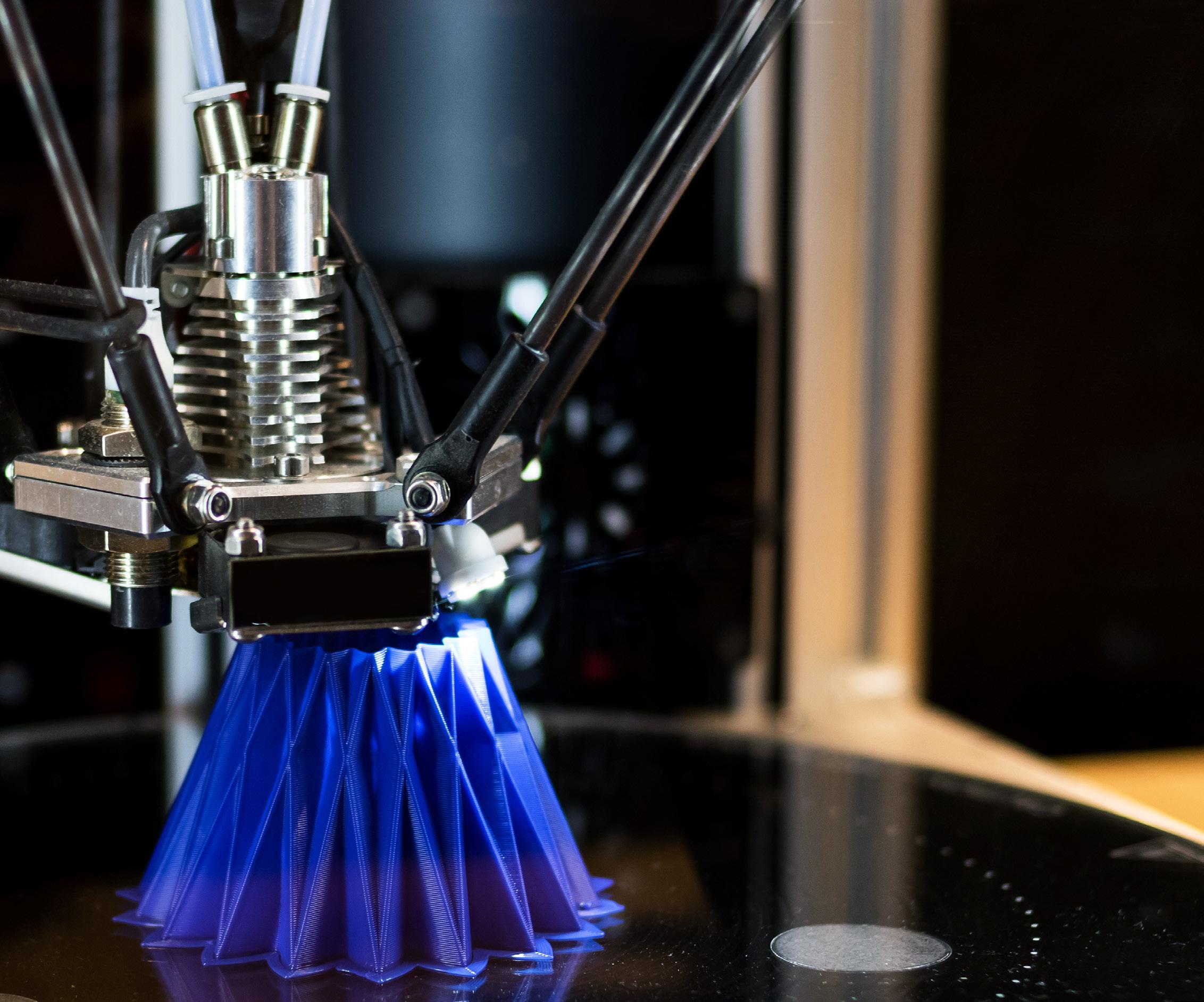
6 minute read
SOLVING THE ENERGY DILEMMA
Governments around the globe are turning to technology and the Fourth Industrial Revolution to resolve energy challenges and efforts are already being made to meet these challenges, writes Professor Tshilidzi Marwala, the Rector of UN University in Tokyo, Japan and UN Under Secretary General. When this article was written Marwala was Vice Chancellor and Principal at UJ
IN HIS 1845 poem The Raven, Edgar Allan Poe wrote: “Deep into the darkness peering, long I stood there, wondering, fearing, doubting, dreaming dreams no mortal ever dared to dream before.”
Advertisement
The South African interpretation of this is undoubtedly not quite what Poe had in mind. In 2015, South Africa experienced an estimated 83.5 days of load shedding.
Early indications suggest that this year we may beat that number. A status report from embattled power utility Eskom shows that we are on code red for the next three months at the very least – if one is optimistic. Menacingly, this is our worst possible risk level, which indicates that there will be a definite shortage of reserve power generation and rolling blackouts will continue to be a weekly reality.
And, of course, as we are all acutely aware, winter usually does not bode well for us.
As we plunge in and out of darkness, it has become increasingly apparent that we need to posit solutions instead of clinging to archaic systems. It is not just the dark that is a concern but our reliance on electricity to power our technologies. What is clear is that we cannot go on like this. Do we spend the rest of our lives bracing for the possibility of load shedding?
Even in the best of times, we have poorly maintained and ageing power stations which are incredibly unreliable. Almost 10 000 megawatts are out of commission at any given time.
We now find ourselves amid a paradigm shift which fundamentally redefines every aspect of society and is poised to address our most profound challenges. The Covid-19 pandemic has confirmed that the Fourth Industrial Revolution (4IR) is here. It is the fusing of people and technology which has inextricably linked the physical, digital and biological worlds.


PROFESSOR TSHILIDZI MARWALA is the Rector of UN University in Tokyo, Japan and UN Under Secreatary General.
It encompasses the entire wave of disruptive technologies, ranging from 5G networks, autonomous vehicles, AI, machine learning, 3D printing, robotics and the internet of things (IoT), for instance. These technologies are fundamentally changing the way we learn, work and even power our cities. If we are indeed overhauling our systems, our policies and our approaches, then what is it that we dare to dream?
In the case of Eskom, there are 4IR solutions that can be implemented. The field of engineering calls for a maintenance strategy. In the 4IR, this strategy
is one of predictive maintenance. This, I would argue, is the path we need to explore to create efficient structures from financial, technological and operational perspectives.
In technical terms, this is akin to the neural networks which form part of deep learning, a central tenet of the 4IR. Neural networks use a set of algorithms, similar to a human brain, designed to recognise patterns. Transformers are monitored directly during normal operations to predict failure. Eskom can then estimate when its transformers will fail and replace them beforehand. If we can predict when this will happen, we can extract the most optimal use of them.
The rationale behind this is that there is convenient scheduling of corrective maintenance, which helps prevent unexpected equipment failures. Eskom should invest in condition-monitoring sensors and other devices and retrain employees to use this equipment and accurately interpret the data they gather. Nevertheless, this decreases costs and potential power cuts in the long run.


But what about other energy alternatives? An argument often made is that the 4IR must be accompanied by sustainability. How do we harness digital technologies so that development is not dependent on exhausting finite resources and increasing emissions?
This invariably calls for a shift towards renewable energy, which offers the possibility of greater access to electricity, particularly in Africa, where we face glaring infrastructure gaps. Africa also bears the brunt of climate change. AI can simultaneously analyse the past, optimise the present and predict the future, making it a useful tool in the renewable energy sector.
While this can be deployed in our current energy systems, it does make a wider spread of renewable energy an achievable goal. For instance, AI-based smart systems can help integrate renewable energy sources into the existing power grids.
In South Africa, at the same time, we have backed ourselves into something of a corner with a less than adequate energy-mix strategy. For example, the Pebble Bed Modular Reactor, which was considered a safe and small set of nuclear reactors for power generation, using high temperature technology, was abandoned in 2010 after almost R10 billion had been invested in the project.
Instead, energy storage can be managed through AI, considering demand, energy generation, costs and even grid congestion. In Nigeria, Azuri Technologies uses a box the size of a landline phone, that uses AI to track household energy needs and adjusts the power output accordingly through dimming lights or slowing down fans.
Solutions like this can be pivoted across the continent. If we have any hope of keeping the lights on in South Africa, the answer cannot be the usual strategy of establishing a task team. Instead, we must embrace the technologies of the 4IR.
Professor Tshilidzi Marwala is the author of books such as Closing the Gap: The Fourth Industrial Revolution in Africa and Leading in the 21st Century









